Das 2te Ich (The 2nd Self) –
a dream fragment by Walter Benjamin
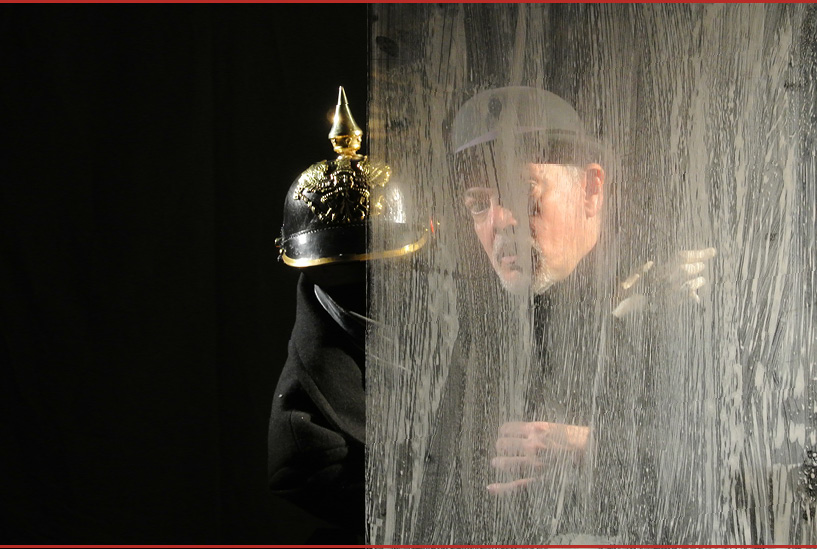
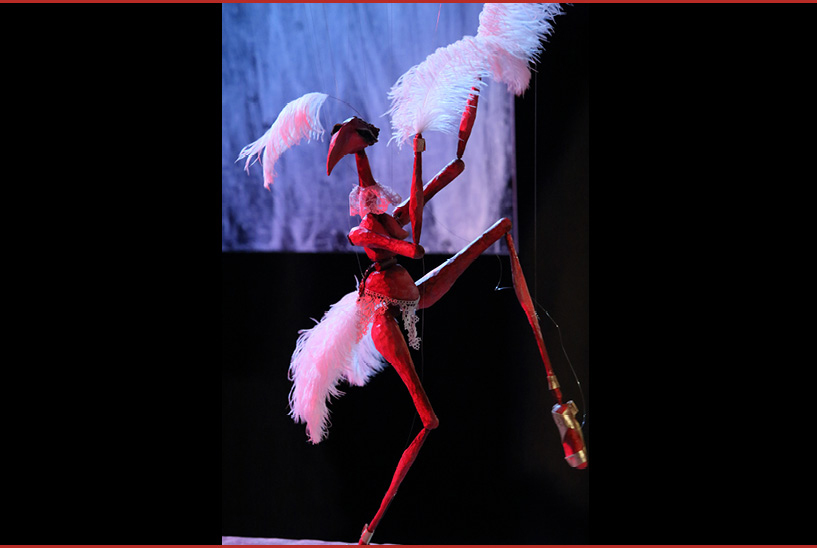
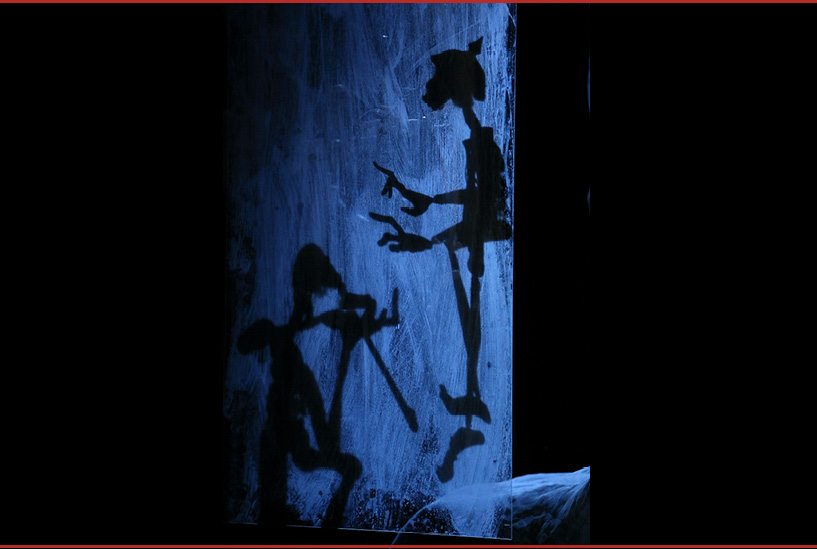
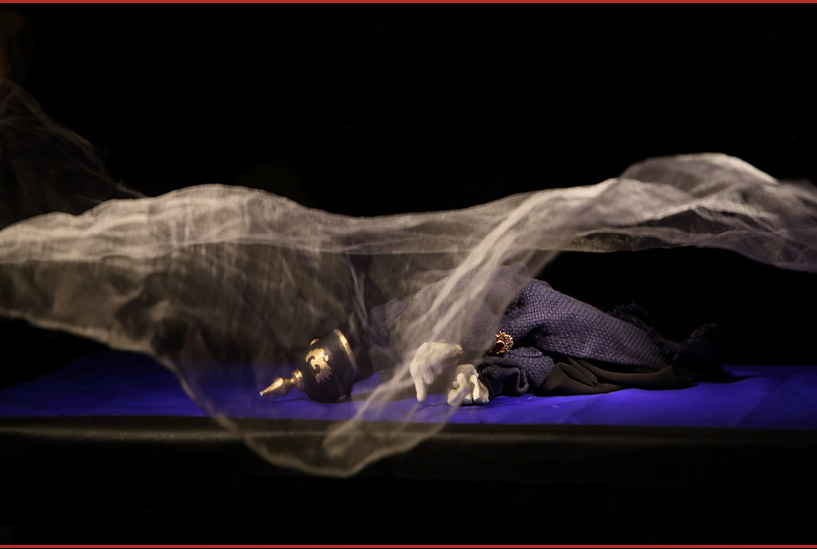
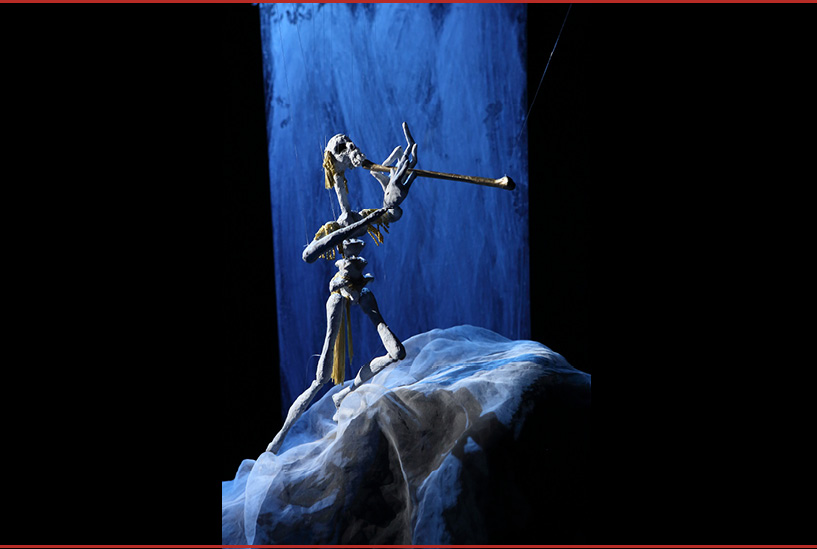
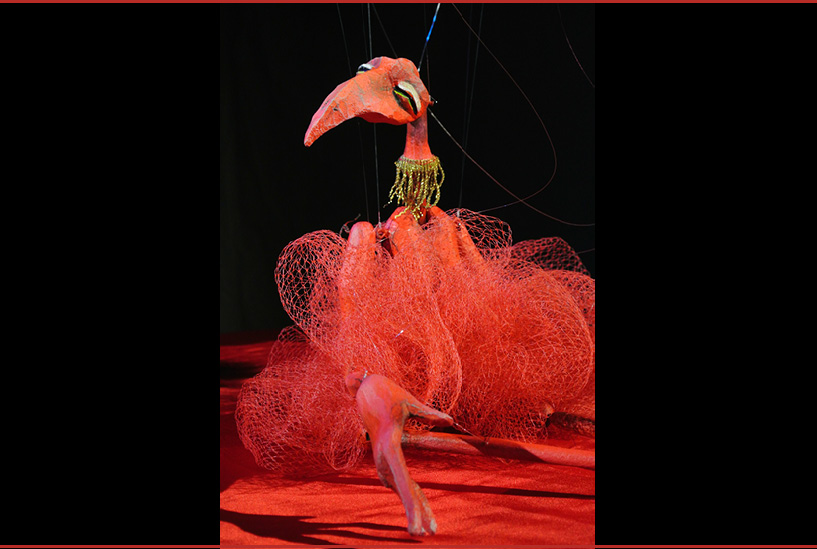
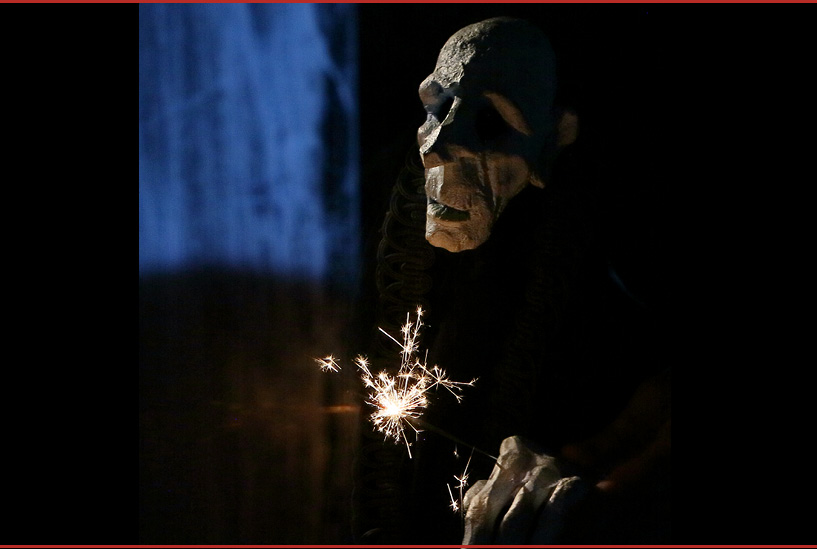
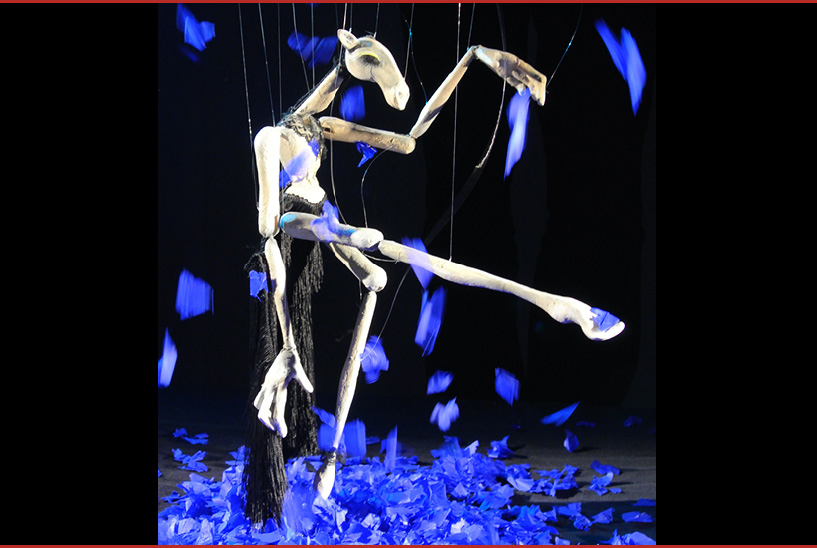
Today! Gala performance! Travel through the old year! Here you will make a strange acquaintance. You’ll see a gentleman who bears no resemblance to you: your second self!” With these words, Krambacher is welcomed into a dubious restaurant on New Year’s Eve. A journey between dream and reality begins.
Walter Benjamin’s manuscript material on the subject of “dreams” contains the text “Das zweite Ich – eine Sylvestergeschichte” (The Second Self – a New Year's Eve Story) from 1930. It is not clear for what purpose Benjamin wrote this story. One could also imagine it as an exposé for a theatre sketch or a short film. It describes a man, Krambacher. On New Year’s Eve, fleeing from his loneliness, he finds himself in an ambiguous restaurant with a Kaiserpanorama. There, in 12 scenes, he is shown a journey through the old year. The pictures turn out to be twelve missed opportunities, forgotten intentions, and repressed desires. The twelfth scene ends with the deafening ringing of the New Year’s bells. Krambacher wakes and has never left his room. With a voice from offstage, the production opens up spaces for speechless encounters of the most diverse kinds. Encounters between human and puppet actors, original and likeness, reality and dream. In a timeless space, wishes and memories, fears and fantasies meet.
Premiere: 28. December 2018
Length: 60 minutes – no interval
Made possible in part by: Landesverband Freie Theater Baden-Württemberg and the Cultural Office of Tübingen.
press reviews
New Year's Eve mirages
This is what puppet theatre has always excelled at, and what drove Frank Soehnle to create high art: Conjuring up surreal images that suggest so much, and at the same time leave so much mysteriously open, that the imagination inevitably begins to work with them. The empty spaces, the unspoken, the unexplainable begins to be filled with projections from the depths of one’s own psyche. “Krambacher” drifts through the streets to nostalgic tunes from the shellac record, then again to psychedelic sounds (music: Stefan Mertin). Accompanied by the eerie, stumbling, monotonous voice of narrator Christian Glötzner from offstage. A true panopticon opens up in the mysterious variety theatre. The revue itself pulls out all the stops. Delicate puppets float through the air (choreography: Karin Ould Chih): dancers in the shape of birds or horses, half human, half animal, half erotic enticement, half skeletal promise of death. In this production, music, light and puppetry intertwine with increasing virtuosity. Movable, semi-transparent panes hanging from the ceiling enable sophisticated shadow theatre effects. The whole evening is spooky and festive, eerie and graceful, morbid and sensual, danse macabre and ballet.
Reutlinger Generalanzeiger, 31.12.2018
A magical hour in the Kaiserpanorama
The current premiere shows Soehnle at the height of his skills as an accomplished, virtuoso dreamer who knows what he is doing. He enchants the audience for an hour, takes them on a journey inside for a reflexive keyhole view of the “second self”.In the stage’s twilight, between smeared glass panes, Soehnle reanimates a crouching, helmeted figure with calm movements. Soehnle, the puppet master, has his hands full in this semi-dark, shadowy realm. And it is astonishing how he masters this craft of high puppet art, one has to say, without any accidents; with a casual lightness and as a solo actor. In fact, he behaves just like a dancer with changing partners, remains intimately connected to the puppets. Soehnle likes to approach the present of artistic puppet theatre by taking a trip into the past. Conjuring up past times with Max Jacob or Giacometti – and finding himself in the timeless. Sometimes, he recalls this wonderful reminder from Walter Benjamin: “All great puppeteers assure us that the real secret is to let the puppet have its own way, to surrender to it.” A triumph of magic.
Südwestpresse/Schwäbisches Tagblatt, 31.12.2018
cast
| performance and puppets | Frank Soehnle |
| music | Stefan Mertin |
| director | Enno Podehl |
| choreography | Karin Ould Chih |
| assistant | Leo Wanner |
| speaker | Christian Glötzner |
| puppet mechanics | Matthias Stadler |
| collaborating puppet builder | Helga Lázár |
| collaborating dramaturge | Sayeh Sirvani |
| photos | Julia Pogerth |
about the performance
Walter Bendix Schoenflies Benjamin
(*15.07.1892 in Berlin-Charlottenburg; † 26.09.1940 in Portbou, Spain)
was a German philosopher, cultural critic, and translator of the works of Honoré de Balzac, Charles Baudelaire, and Marcel Proust. As an undogmatic thinker and through his close friendship with, among others, Theodor W. Adorno, he can be considered associated with the Frankfurt School. According to Benjamin, philosophy has to draw attention to the “ruins of history” and the historical catastrophes, to all that has been “betrayed, suppressed, and forgotten”. While the traditional philosophy of history, especially in Hegelian form, has its driving force in the transfiguration of destruction, celebrating the infinite and absolute in the death of the finite, Benjamin’s object is precisely what is “untimely, painful, or missed”, with the insistence that history still remains in mere natural history. Dream reports and theoretical reflections on dreams are a side of his work that has received little attention so far, but which was of central importance for his writing and thinking. Walter Benjamin’s manuscript material on the subject of “dreams” contains the text “Das zweite Ich – eine Sylvestergeschichte” (The Second Self – a New Year's Eve Story) from 1930. It is not clear for what purpose Benjamin wrote this story. One could also imagine it as an exposé for a theatre sketch or a short film.
“All great puppeteers assure us that the real secret is to let the puppet have its own way, to surrender to it.” – Walter Benjamin, in “Berliner Puppentheater” (1929)
The Kaiserpanorama (or Kaiser-Panorama) was a mass medium popular at the turn of the 20th century, which made it possible for up to 25 people to simultaneously view stereoscopic images through peepholes: mainly exotic destinations and landscapes that were inaccessible to the average citizen. One rotation of the image series, which automatically moved in a circle behind a cylindrical wooden panelling, took half an hour. The first Kaiser-Panorama opened in Breslau in 1880. In 1883 it was moved to Berlin’s Kaiserpassage. Around 1910, there were licensed branches in about 250 cities; over 100,000 stereoscopic images circulated between them. The Kaiser-Panorama also found several literary echoes, for example in works by Hermann Broch: Die Schlafwandler (Sleepwalkers) and Walter Benjamin: Berliner Kindheit um 1900 (Berlin Childhood Around 1900) and Einbahnstraße (One-Way Street).
technical staging specifications
STAGE AREA
- Minimum stage requirements including wings 6 m x 5 m (width x depth)
- Tiered audience seating)
- Stage area height at least 3.1 m
- Complete darkness essential
- Black stage floor
- Black walls or black curtains (black box)
- A minimum distance of 1.5 m from edge of stage to 1st row of seating
- A gridiron, or several possibilities for securing objects to the ceiling above the stage area (see stage plan)
TECHNICAL DETAILS
- A 14-channel lighting control desk
- 4 x 1000 W profilers
- 8 x 500/650 W Fresnels
- (we will bring 3 special lights)
- Complete sound system, connection for laptop
- Stage assistants to help with assembly and dismantling of stage set
- Dressing room facilities for one person
TIME
- Length of performance: 60 min
- Set assembly time: 6 hours / Set dismantling time: 1 hour
Essential – please take note!
- It must be possible to darken the stage area completely (blackout)
- Maximum audience capacity: 100 persons
- The performance is suitable for youth and adults
Please discuss all variations with us in advance.
Your contact for technical questions: Christian Glötzner, +49 176 7129 7676



